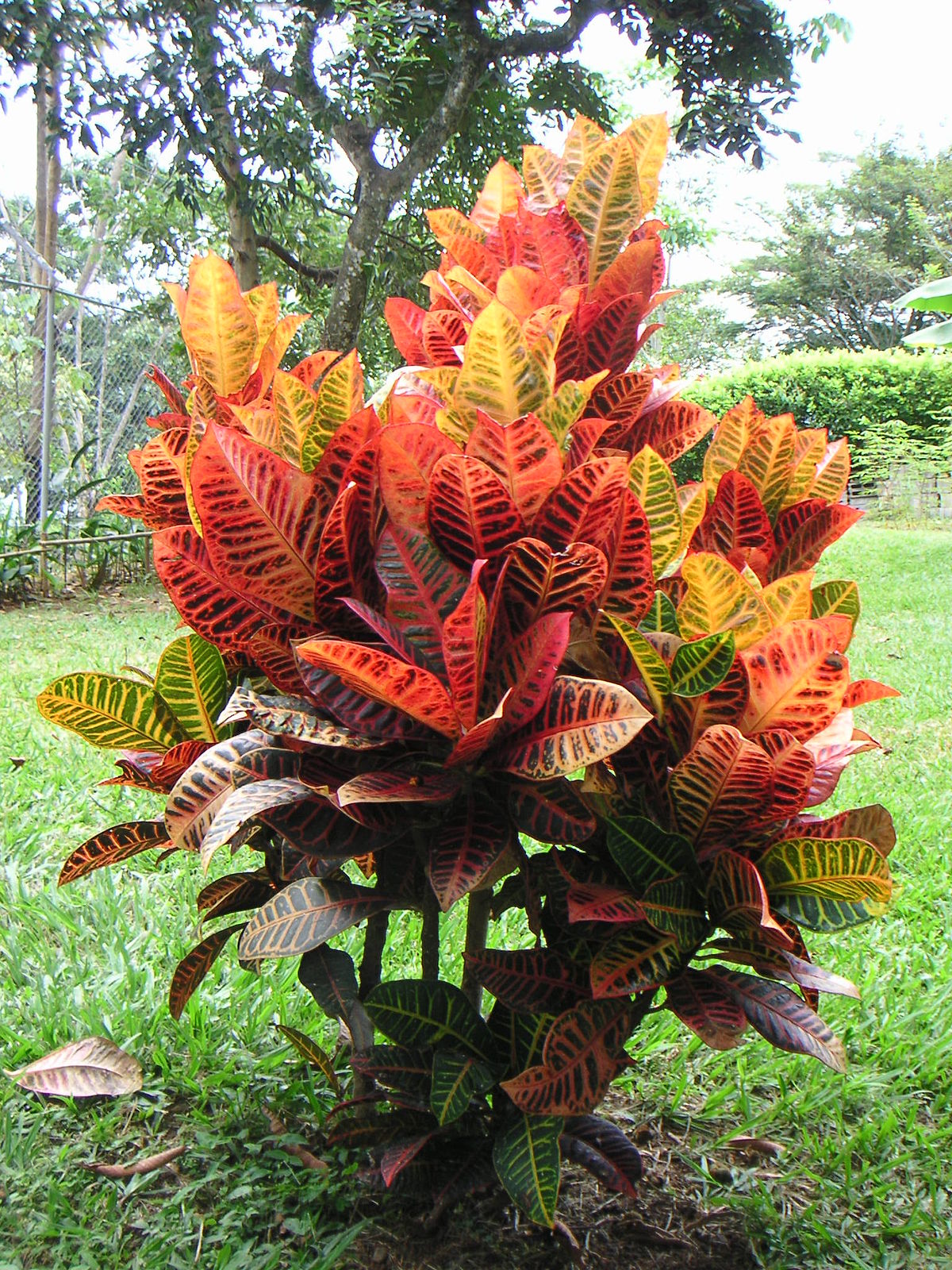
The San Francisco Plant: A Guide to Growing and Caring for This Popular Houseplant
Introduction
The San Francisco Plant, also known as the San Francisco Fern or False Shamrock, is a popular houseplant known for its vibrant green foliage and easy care requirements. In this comprehensive guide, we will explore everything you need to know about growing and caring for the San Francisco Plant.
Origin and Description
The San Francisco Plant is native to tropical regions in South America and is a member of the Oxalis genus. It is characterized by its clover-like leaves that fold up at night and open during the day. The plant typically grows to a height of 6-12 inches and produces small, delicate white or pink flowers.
Light Requirements
The San Francisco Plant thrives in bright, indirect light. Avoid placing it in direct sunlight, as this can scorch its delicate leaves. A north or east-facing window is ideal for providing the plant with the right amount of light.
Watering
When it comes to watering the San Francisco Plant, it is important to keep the soil consistently moist but not waterlogged. Water the plant when the top inch of soil feels dry to the touch, and be sure to drain any excess water from the saucer to prevent root rot.
Soil and Potting
The San Francisco Plant prefers a well-draining potting mix that is rich in organic matter. A mix of peat moss, perlite, and potting soil is ideal for creating a suitable growing environment for the plant. Repot the plant every 1-2 years to refresh the soil and provide it with additional space to grow.
Temperature and Humidity
The San Francisco Plant thrives in temperatures between 60-75°F and prefers moderate to high humidity levels. To increase humidity around the plant, you can mist it regularly or place a humidifier nearby.
Fertilizing
During the growing season, it is recommended to fertilize the San Francisco Plant every 2-4 weeks with a balanced houseplant fertilizer. Be sure to dilute the fertilizer to half the recommended strength to prevent burning the plant’s roots.
Pruning and Propagation
To keep the San Francisco Plant looking its best, you can prune away any leggy or yellowing foliage. The plant can also be propagated easily by dividing the rhizomes or planting the bulbils that form on the stems.
Pest and Disease Control
The San Francisco Plant is relatively pest and disease-resistant, but it can still be susceptible to common houseplant pests such as spider mites and aphids. To prevent infestations, regularly inspect the plant for signs of pests and treat them promptly with insecticidal soap or neem oil.
Common Problems and Solutions
If you notice that the leaves of your San Francisco Plant are wilting or turning yellow, it may be a sign of overwatering. Allow the soil to dry out slightly before watering again and adjust your watering schedule accordingly. If the plant’s leaves are curling or browning at the edges, it may be a sign of underwatering. Increase the frequency of watering and ensure the plant is receiving enough humidity.
Benefits of Growing the San Francisco Plant
In addition to its attractive foliage and easy care requirements, the San Francisco Plant is also known for its air-purifying properties. It can help remove toxins from the air and improve indoor air quality, making it an excellent choice for those looking to create a healthy living environment.
FAQs
1. How often should I water my San Francisco Plant?
Water your San Francisco Plant when the top inch of soil feels dry to the touch, typically every 1-2 weeks depending on environmental conditions.
2. Can I place my San Francisco Plant outdoors during the summer months?
Yes, you can place your San Francisco Plant outdoors during the summer months, but be sure to acclimate it gradually to prevent sunburn and shock.
3. What is the best way to propagate the San Francisco Plant?
The San Francisco Plant can be easily propagated by dividing the rhizomes or planting the bulbils that form on the stems.
Conclusion
In conclusion, the San Francisco Plant is a beautiful and easy-to-care-for houseplant that is perfect for adding a touch of greenery to any indoor space. By following the tips and guidelines outlined in this guide, you can successfully grow and care for your San Francisco Plant and enjoy its beauty for years to come.